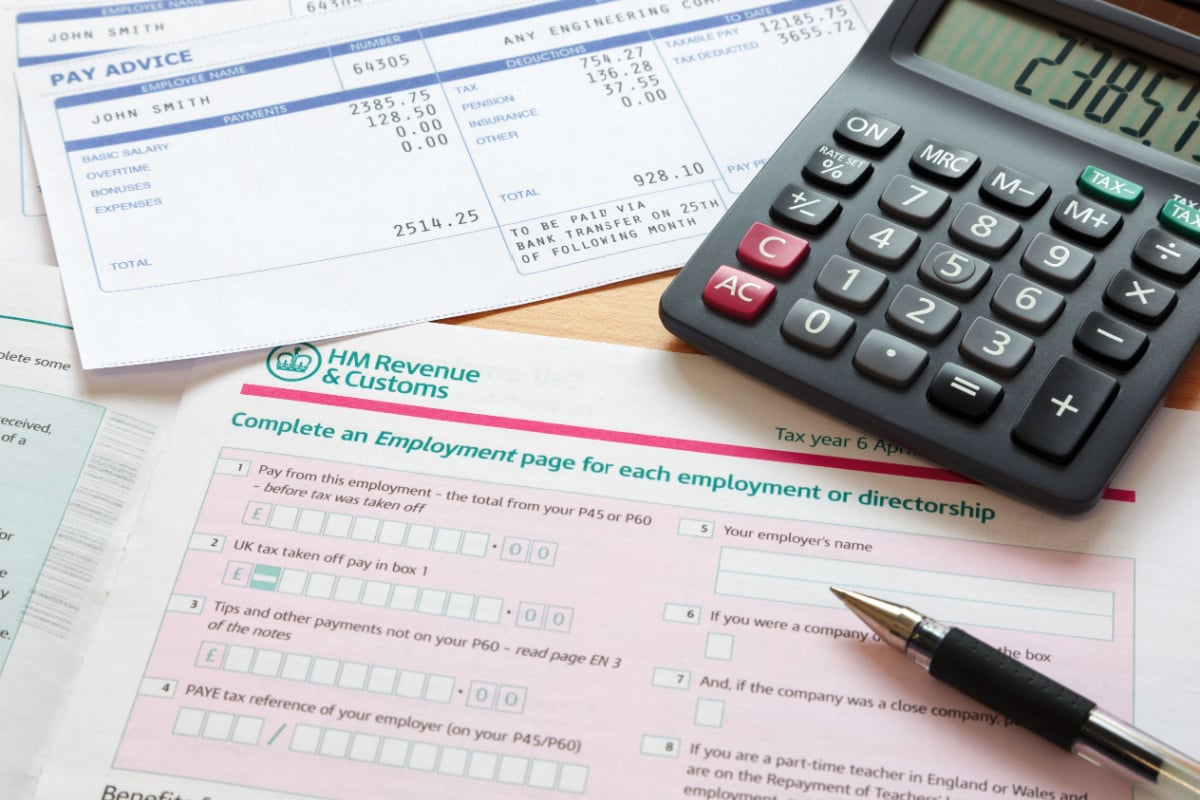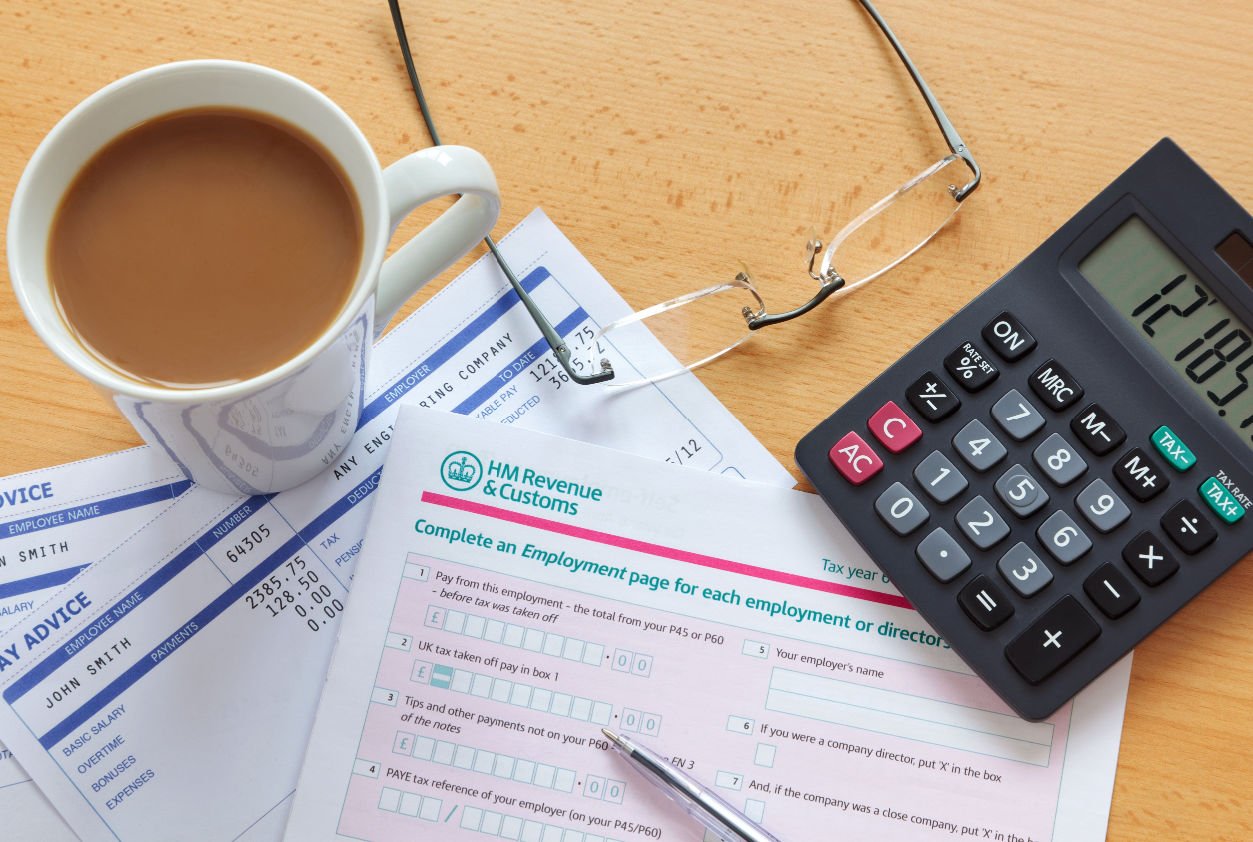SEIS and EIS rules: qualifying criteria and investor limits
The Enterprise Investment Scheme (EIS) and Seed Enterprise Investment Scheme (SEIS) each possess a strict set of rules for investors looking to access the schemes, as well as qualifying criteria for businesses keen to benefit from them.
Ranging from scheme-to-scheme, these rules ensure investment is funnelled specifically into early stage companies. As a result, this can offer investors the potential to generate considerable capital growth.
For investors considering pursuing either of these schemes, understanding their rules, limits and qualifying criteria in greater detail can play a key role in selecting the most appropriate opportunity.
EIS rules for investors
Prior to investing in the EIS, investors should be aware of certain rules and limits.
The following EIS rules exist for investors into the scheme:
- An investor can invest up to £1 million (£2 million for KICs) in EIS opportunities per tax year
- Investments must be held for at least three years to benefit from income tax relief
- Investors must have accrued sufficient income tax liabilities in the current or previous tax year to make full use income tax relief
- Employees can invest in opportunities into their own company, though when doing so are not eligible for income tax relief
- Minimum investment amounts can vary depending on the provider

EIS qualifying criteria
EIS investment is limited to early stage companies that reside in a set number of industries, also known as qualifying trades. The list of EIS qualifying trades is broad, and allows for investment into any sector that does not carry out any of the scheme’s excluded activities.
Alongside the requirement for a business to reside in a qualifying trade, the scheme also boasts a strict eligibility criteria for early stage companies. To qualify for investment, a company must:
-
Be a trading business at the time of investment
-
Not be listed on any stock exchange (other than the AIM [Alternative investment Market] which is considered unquoted in this instance)
-
Not have been trading for longer than 7 years, or 10 years for knowledge intensive companies (KICs)
-
Be permanently established in the UK
-
Have fewer than 250 employees (500 for KICs)
-
Not exceed gross assets of £15 million before investment
-
Use any invested funds within 24 months
-
Adhere to a maximum of £5 million of EIS funding per year and a maximum £12 million over a lifetime
SEIS rules for investors
Similarly to its sibling scheme, SEIS rules for investors are based centrally around investment limits and individual tax circumstances. However, these limits are stricter than that of the EIS to reflect the earlier stage nature of companies.
The following SEIS rules exist for investors into the scheme:
- Maximum £200,000 investment across SEIS opportunities per tax year
- Investments must be held for at least three years to benefit from income tax relief
- Investors must have accrued sufficient income tax liabilities in the current or previous tax year to make full use income tax relief
- Employees can invest in opportunities into their own company, though are not eligible for income tax relief
- Minimum investment amounts can vary depending on the provider
SEIS qualifying criteria
Similarly to the EIS, the SEIS only allows investment into companies within qualifying trades, of which the two schemes share.
Outside of qualifying trades, the SEIS also possesses a strict eligibility criteria. Though sharing similarities to that of its sibling scheme, SEIS qualifying criteria is narrower to ensure investment is reserved for smaller, even earlier stage startups.
To qualify for investment, companies must:
- Be a trading business at the time of investment
- Not be listed on any stock exchange (other than the AIM [Alternative investment Market] which is considered unquoted in this instance)
- Not have been trading for longer than 3 years
- Be permanently established in the UK
- Have fewer than 25 employees at the time of investment
- Not exceed gross assets of more than £350,000 before investment
- Use any invested funds within 36 months
- Adhere to a maximum of £250,000 of SEIS funding in one year (also being the maximum funding limit for the company’s lifetime)
- Not be a member of a partnership with any other company
Making sense of these rules
Ensuring investment is funnelled strictly into early stage companies, these measures can provide both investor and company with the platform to achieve greater long term growth.
Facilitating early stage companies with exclusive streams of capital to thrive, these rules also enable investors to target considerably higher investment growth than is possible with later-stage equity deals.
A perspective shared by the UK government, the Treasury recently updated SEIS rules with the goal of strengthening this mutually beneficial relationship, doubling the maximum level of capital investors are able to invest in the scheme annually to £200,000 per year.
Though boasting considerable growth potential, residing in the asset class of venture capital, SEIS and EIS investment opportunities inherently possess a high-risk/high-return profile. Subsequently researching the rules associated with the schemes is just one step investors can take to mitigate the risk of their investment.
Performing adequate due diligence into opportunities and investment platforms, taking full advantage of the available tax reliefs and thoroughly researching the finer details of the schemes can all play significant roles in minimising the risk and maximising the potential returns associated with early stage investments.
%20(3)%20(2).jpg)











